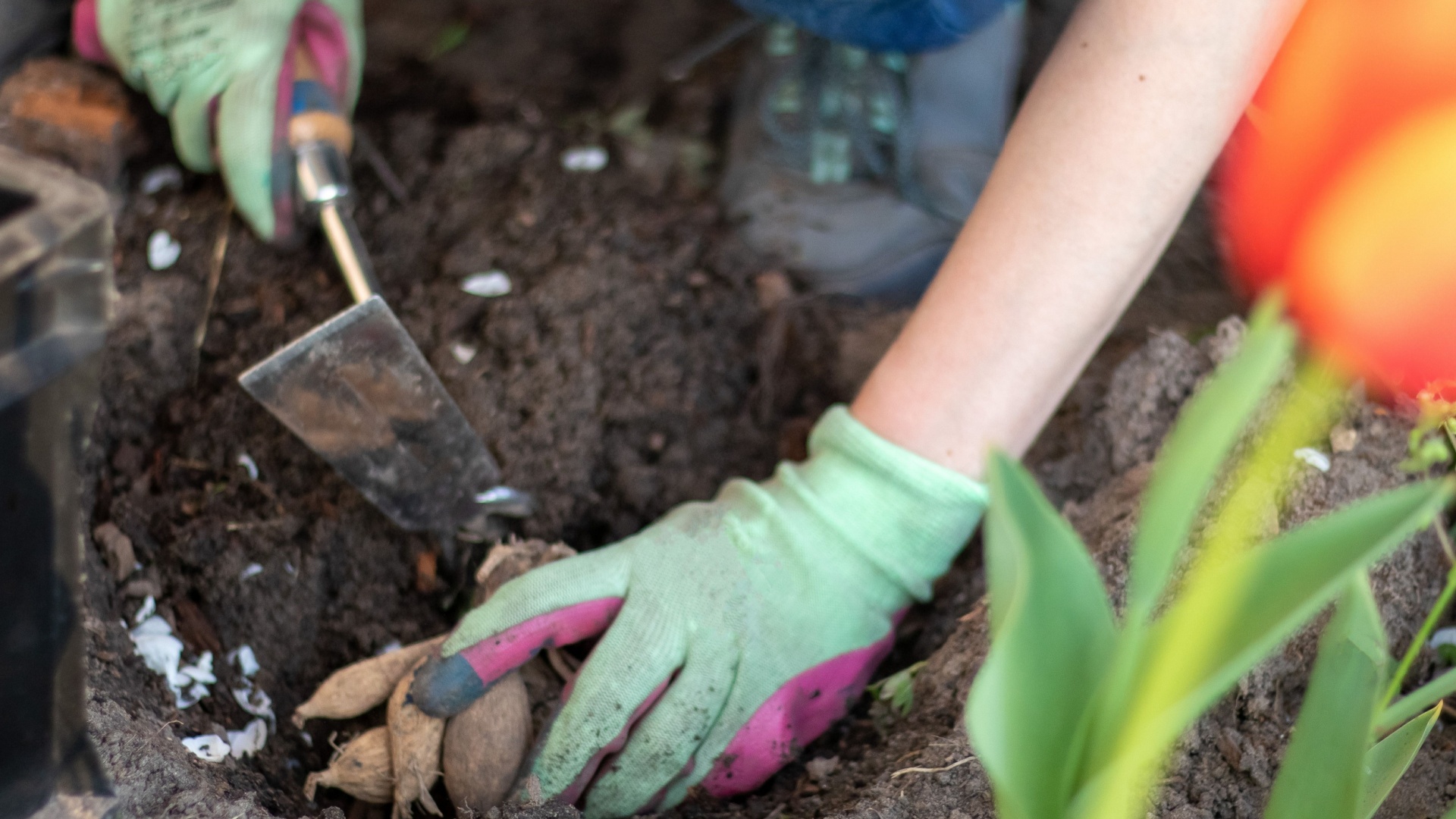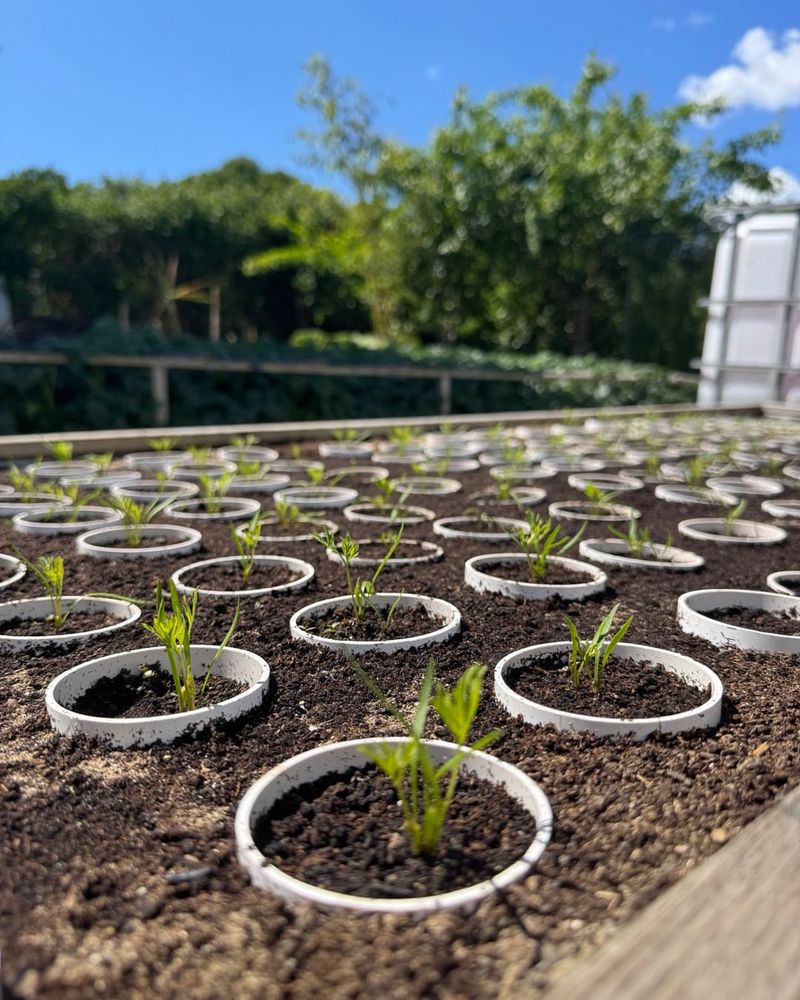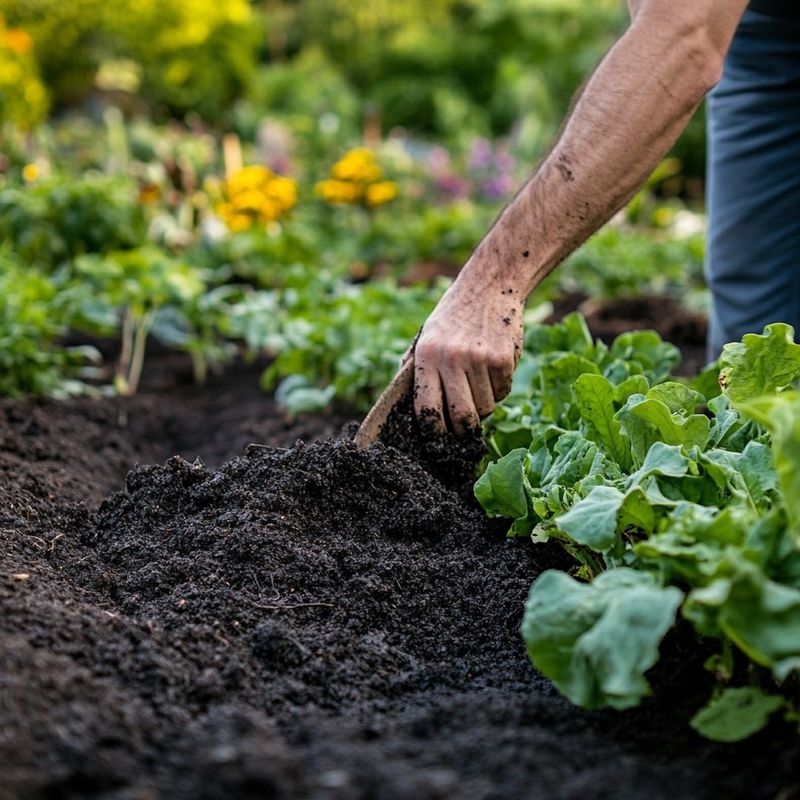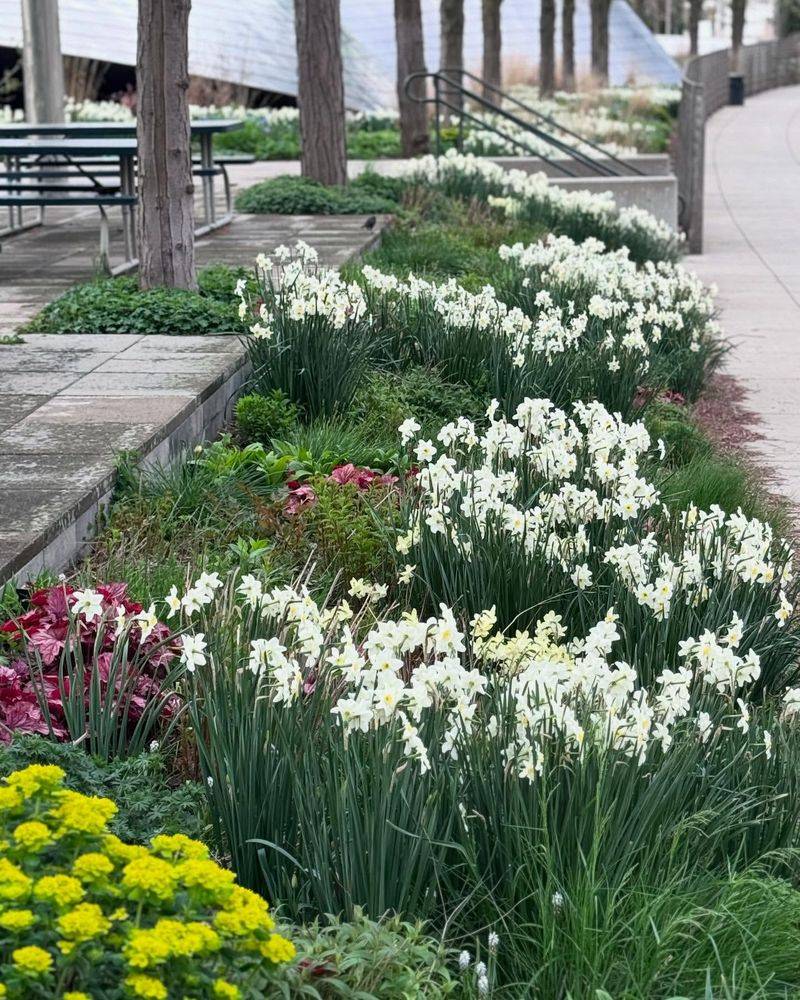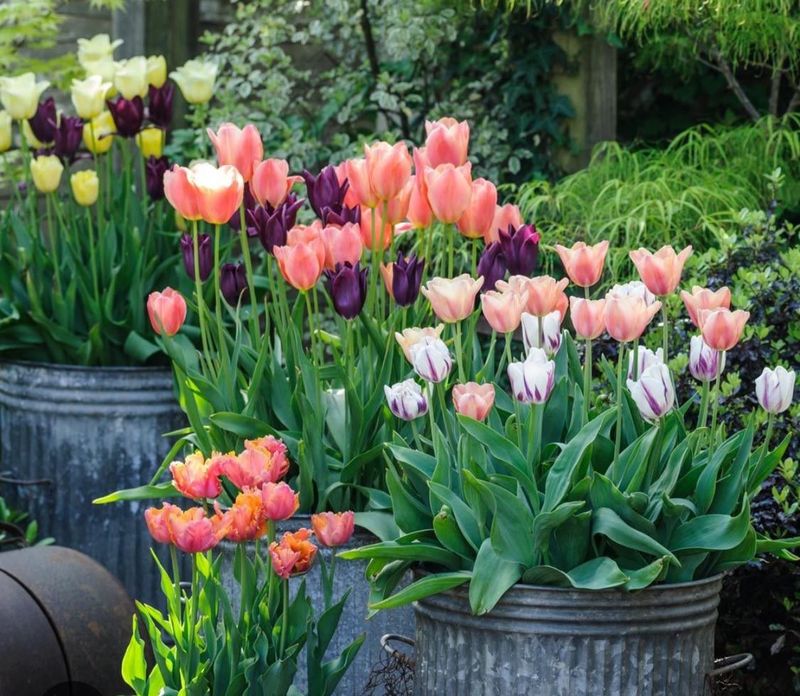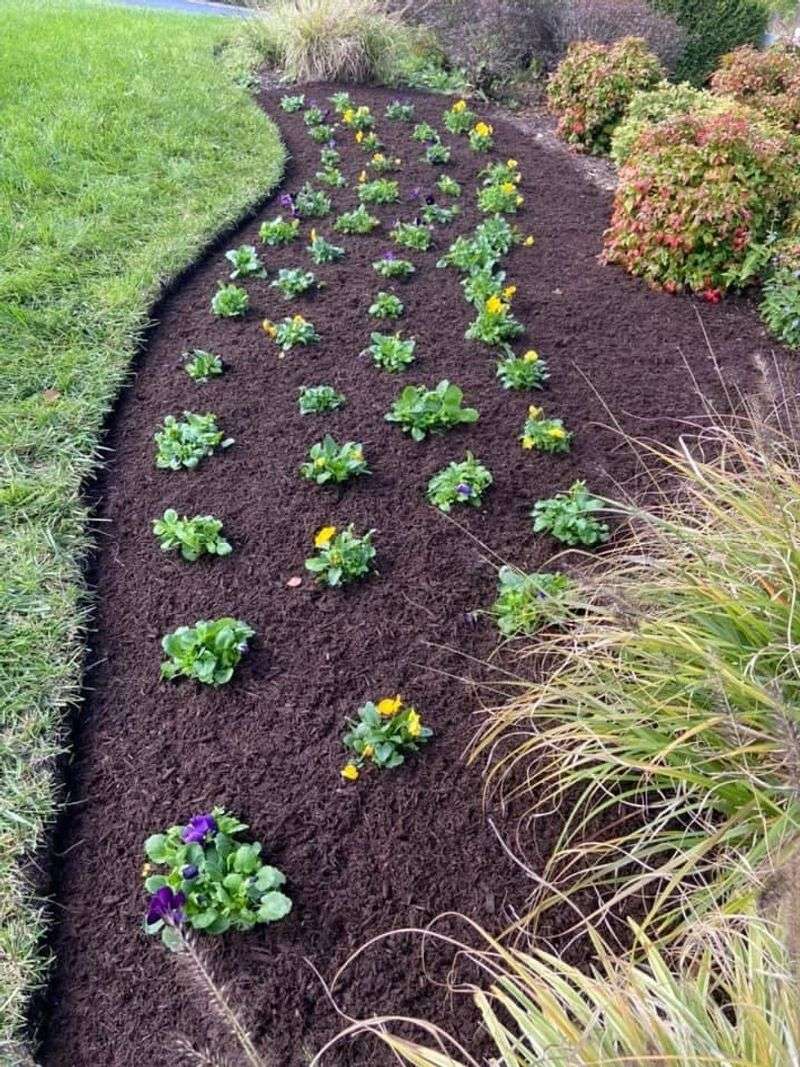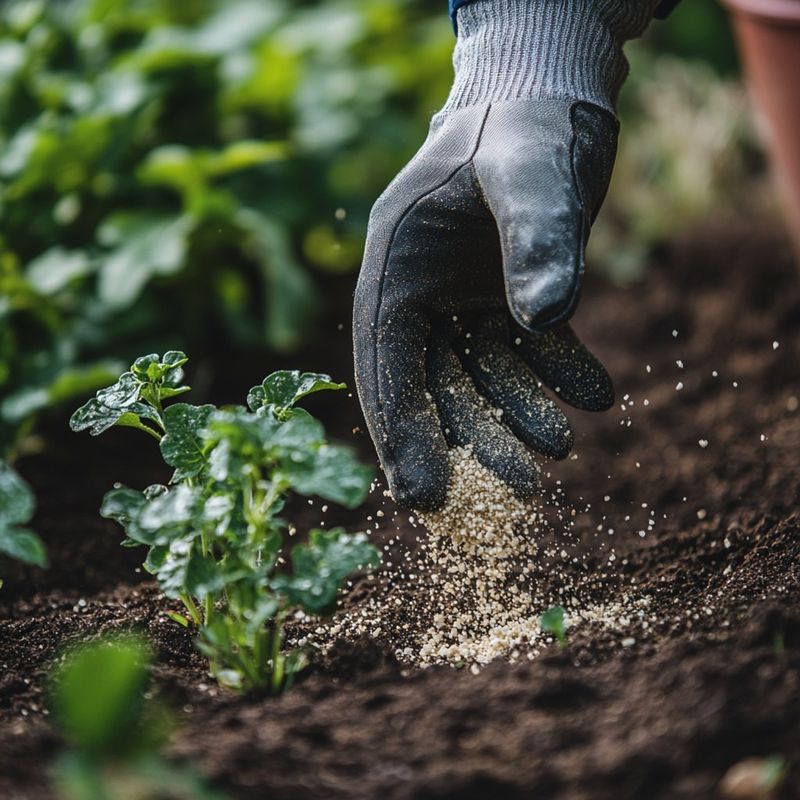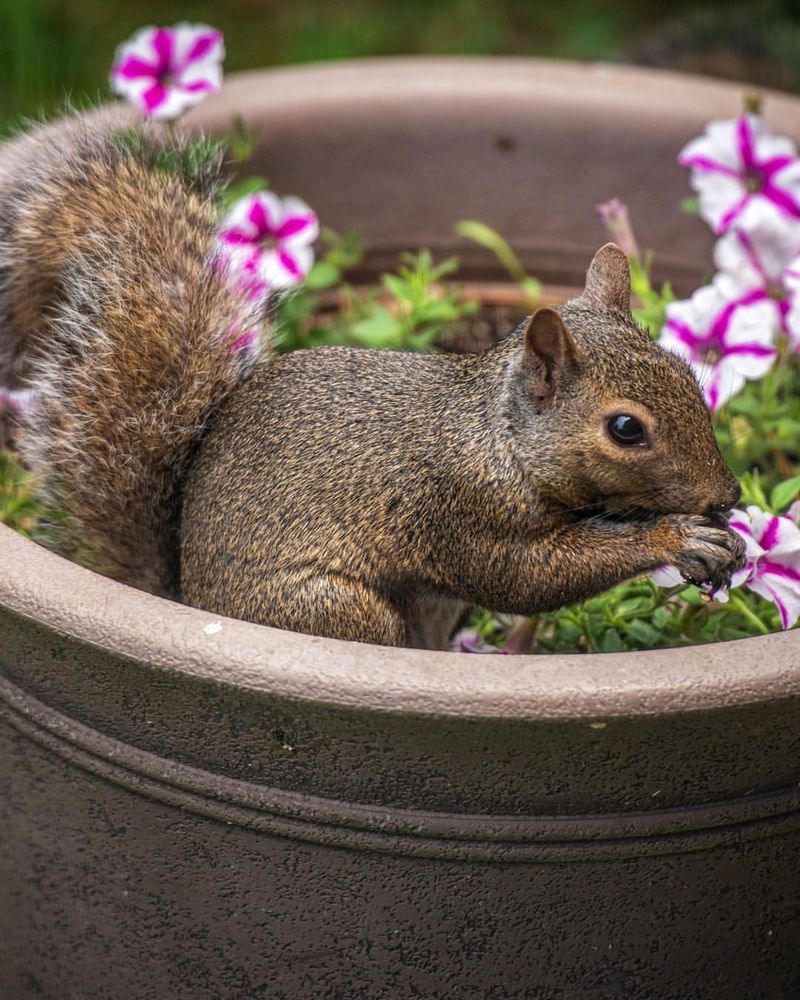Fall is the perfect time for Maryland gardeners to prepare for a colorful spring display. Getting your garden beds ready now for spring bulbs means you’ll be rewarded with beautiful flowers when winter finally ends.
With Maryland’s unique climate challenges, taking the right steps this season will give your tulips, daffodils, and other spring favorites the best chance to thrive.
1. Clear Away Summer Plant Debris
Summer’s garden party is over, and it’s cleanup time! Remove dead annuals, cut back perennials, and rake away fallen leaves from your garden beds. This prevents pests and diseases from overwintering where your bulbs will grow.
Don’t toss everything in the trash though! Healthy plant material can go in your compost pile, returning valuable nutrients to your garden later. A clean bed gives spring bulbs the fresh start they deserve.
2. Test Your Soil pH
Most spring bulbs prefer slightly acidic to neutral soil with a pH between 6.0 and 7.0. Maryland soils can vary widely, so grab an inexpensive soil test kit from your local garden center to check yours.
If your soil is too acidic (below 6.0), work some lime into the bed. For alkaline soil (above 7.0), add sulfur or peat moss. The University of Maryland Extension office can also provide more detailed soil testing services if you’re serious about gardening.
3. Improve Drainage for Healthy Bulbs
Spring bulbs hate wet feet! Maryland’s clay-heavy soils can retain too much moisture, causing bulbs to rot over winter. Create raised beds or add coarse sand and organic matter to improve drainage.
For especially soggy areas, consider digging deeper beds and adding a layer of gravel at the bottom. Good drainage is non-negotiable for spring bulbs in our region – they’ll reward your efforts with stronger growth and fewer disease problems.
4. Add Organic Matter to Enrich the Soil
Feed your soil now, and it’ll feed your bulbs later! Work 2-3 inches of compost, well-rotted manure, or leaf mold into your garden bed. Maryland’s varying soil types all benefit from this boost of organic goodness.
Organic matter improves soil structure, adds slow-release nutrients, and encourages beneficial soil microbes. Your spring bulbs will develop stronger root systems and produce more impressive blooms when planted in enriched soil. Just avoid fresh manure, which can burn bulbs.
5. Map Out Your Planting Plan
Grab a notebook and sketch your garden bed before digging. Plan for taller bulbs like tulips toward the back, medium-height daffodils in the middle, and shorter crocuses up front. Maryland gardens look spectacular with layered blooming times.
Consider color combinations that complement each other – purples with yellows, or reds with whites. Mark where existing perennials will emerge in spring so you don’t accidentally plant bulbs in the same spot. A little planning now creates a well-designed spring display.
6. Calculate Proper Planting Depths
Different bulbs need different planting depths to thrive in Maryland’s freeze-thaw cycles. As a rule of thumb, plant bulbs at a depth equal to three times their height. Larger bulbs like tulips and daffodils need 6-8 inches of soil above them.
Smaller bulbs like crocuses and snowdrops only need 3-4 inches. Using a bulb planter tool with depth markings makes this job much easier. Proper depth protects bulbs from temperature extremes and gives roots room to develop.
7. Consider Maryland’s Climate Zones
Maryland spans USDA hardiness zones 5b through 8a, with colder western regions and milder coastal areas. Choose bulbs suited to your specific zone. Tulips and daffodils perform well statewide, while tender bulbs might struggle in western Maryland.
The timing matters too! Plant bulbs when soil temperatures fall below 60°F but before the ground freezes – typically mid-October through November in most of Maryland. This gives bulbs time to establish roots before winter while preventing premature sprouting.
8. Apply Bone Meal for Strong Root Development
Sprinkle bone meal fertilizer into your planting holes before placing bulbs. This phosphorus-rich amendment promotes strong root development during fall and winter, setting the stage for robust spring growth.
For Maryland gardens, mix about 1 tablespoon of bone meal into the soil at the bottom of each planting hole. Don’t overdo it – too much fertilizer can actually harm bulbs. Some gardeners also add a balanced slow-release fertilizer, but bone meal alone often provides sufficient nutrients.
9. Install Protective Measures Against Critters
Maryland wildlife loves bulbs almost as much as gardeners do! Squirrels, voles, and deer can decimate your spring display before it begins. After planting, cover beds with chicken wire or hardware cloth, then camouflage with mulch.
Another trick: plant daffodils or alliums (which animals dislike) alongside tastier tulips as natural deterrents. Some gardeners add crushed oyster shells or sharp gravel to the planting hole – these scratch digging paws and discourage bulb theft by furry garden raiders.
10. Apply Mulch After Ground Freezes
Wait until after the first hard freeze to apply mulch over your bulb beds. In Maryland, this typically happens by early December. A 2-3 inch layer of shredded leaves, pine straw, or bark mulch provides perfect winter protection.
Mulching too early can trap heat and confuse bulbs into premature growth. The goal is to maintain even soil temperatures through winter, not to warm the soil. Remember to gently remove some mulch in early spring when you see the first green shoots poking through.

